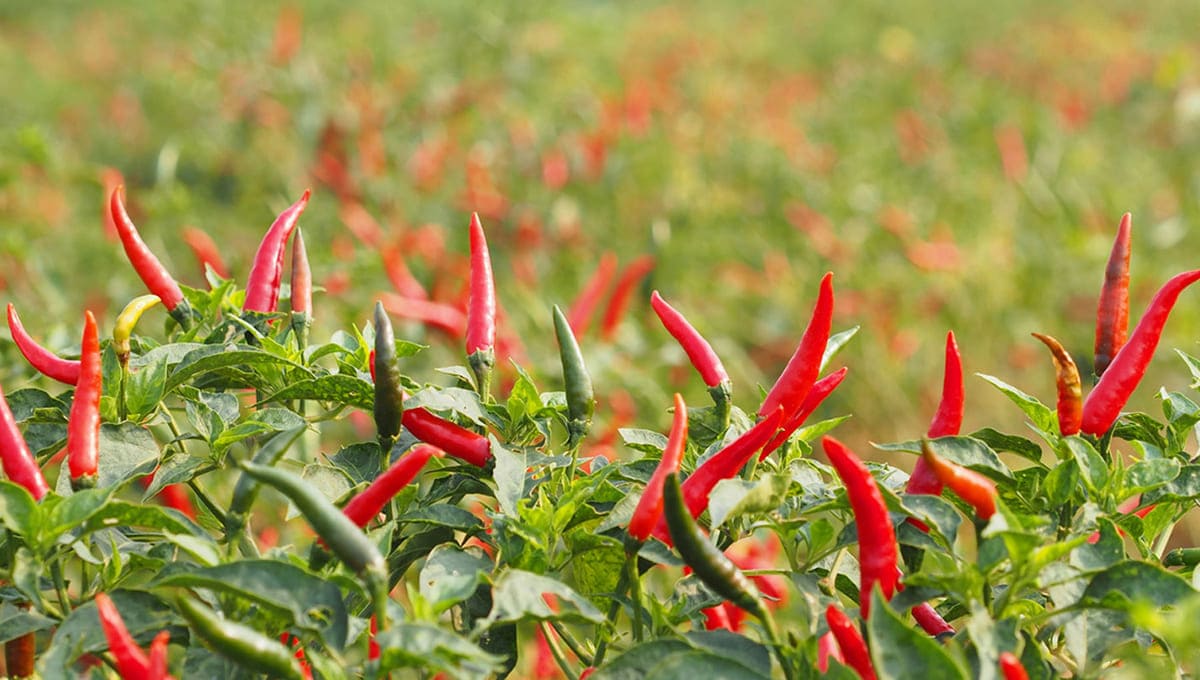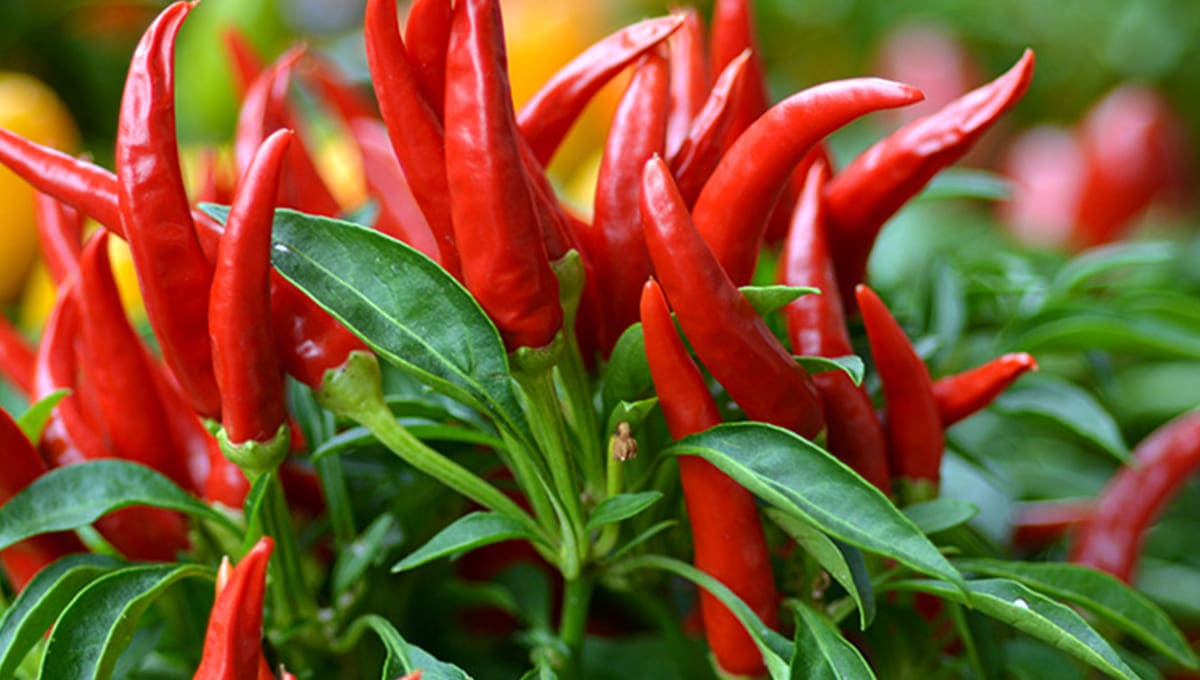Flat 10% Off and FREE Shipping on Prepaid Orders

Before you move to your garden to plant peppers - let’s go through some basic things needed to grow it:
In the kitchen, peppers play a role of taste enhancer, whether your buds like sweet, pungent, or sizzling peppers. It fills the food with its flavour and used as a salad garnish or even main course. What’s the best part here - they cook quickly and spread its captivating essence all around. Starting from daily homemade food to tough rich grilled kebabs - it spread a magical flavour to your dish. When it comes to growing peppers - it’s some time arises in your mind - which one to grow and how to grow peppers? Let’s start with all your question answers and give you advanced tips to start pepper plantation from Bonnie plants.

Follow and learn the steps to grow peppers fruitfully:
Plot A Plan
Well, it is not difficult to grow peppers, all you need to take care of some few things to get your best harvest.
They need sunlight and heat- so ensure that you will provide them with a proper daycare of sun. Make sure they get at least six to eight hours of sunlight.
Peppers need a rich layer of the garden bed, so take a sample of your soil and check it through your nearby gardening centre to know its quality. If it is not good, then start to improve it - dig the soil up to 3 inches, add Plantic Water Storing Hydro Crystals with Top fertile soil (Helps absorb water and reduce the water stress in plants). Now, its time to give your soil a mulch of powerful natural ingredients - Plantic Startdrop plant food. It helps in rapid rooting and super growth. Enriched with all-natural minerals, proteins which have proven benefits on plant health. After a month, the plant will absorb all the essentials from the soil you need to give them extra care with Plantic GreenDrop plant food. Specially formulated to enrich the soil again and spreads uniformly into soil and water. Also, balance soil pH level and develop resistance against pests.
How To Plant?
Peppers like warm-season - means garden soil and air should be warmed, with a steadily night temperature of 55 °F or above. But don’t put your plants out early in spring. Wait for one to two weeks on the average last frost date of your region.
For vigorous and fast growth, start with Bonnie plants. They give you significant results very fast and give you benefits of pocket and taste. You can also start from seed - they facilitate you to nurture them from starting, to get the best quality.
If you start from seed, sow them 10 weeks before the last frost date of your region. Plant three peppers seed per pot in a fertile topsoil enriched with “Plantic” power. Peppers take 14 to 21 days to germinate because of a slow process. But, hot peppers are one step ahead - they need almost three weeks to germinate. When the first set of leaves appear and thin seedling converts into the strongest one, plant them in large containers (when they are ready to go into it). Make sure to leave a space of 18 to 24 inches between two plants (depending on variety), whether you start from Bonnie plants or seedlings. When you have done all the plantation, thoroughly water the plants, focusing on their roots.
Support the pepper branches because they can break under the weight during summer storms. So, use a stake or a small tomato cage to support them at planting time.
Provide Them Care
After plantation, don’t forget to love them. Peppers need a constant moisture soil, so water them whenever it seems that the soil top layer is dry. Check the soil regularly and water accordingly. If you have a busy schedule, then use a drip irrigation system.
Give your plants a periodic drink of Plantic GreenDrop plant food according to the label direction. Set a time table and feed them accordingly. It helps to prevent weed growth and also balance soil moisture for optimum results.
For an amazing harvest, check your plants leaves and stems- if they look upset or dry, feed them with organic plant food and water them. Plantic fertilizer specially designed to provide all care that they want. It makes easier for you to do gardening and enjoy the beautiful harvest. So, mix five drops of fertilizer in one litre of water and thoroughly drench the soil according to their need using a hose or water container. These edible granules give a boost of natural proteins for super growth.
It’s Time To Harvest
When the peppers colour shifts from green to red (peppers ripen), or check your seedling packet for more information and harvest time. Peppers have a special quality - more the colour-intensive, the flavour will also change. Also, longer the hot peppers remain on the plant - the stronger the heat becomes.
Use a knife or shears to cut the peppers from the plant and leave a short stem attached to pepper. Keep the harvested peppers at a warm spot, like on the kitchen counter or bright window. Move them to the fridge, if you see any softening and shrivelling on pepper skin. Set the fridge on high humidity to make your peppers ripe again.
Be careful while handling hot peppers. Use gloves while working with hot peppers because they have capsaicin ( a compound which produces heat). So be on the safe side, and enjoy the dish with adding this flavour.
Where You Can Use it?
With its astonishing taste, loving flavour used in a wide range of dishes. You can add them in salsa, sandwiches, or just fry them and add to your dish. The fantastic flavour gives a new taste to your buds from grilled food to pickles or jams. For later use in cooking, place them in the fridge and enjoy it. So, let’s start from today and fill your garden with peppers to get a homemade taste.
